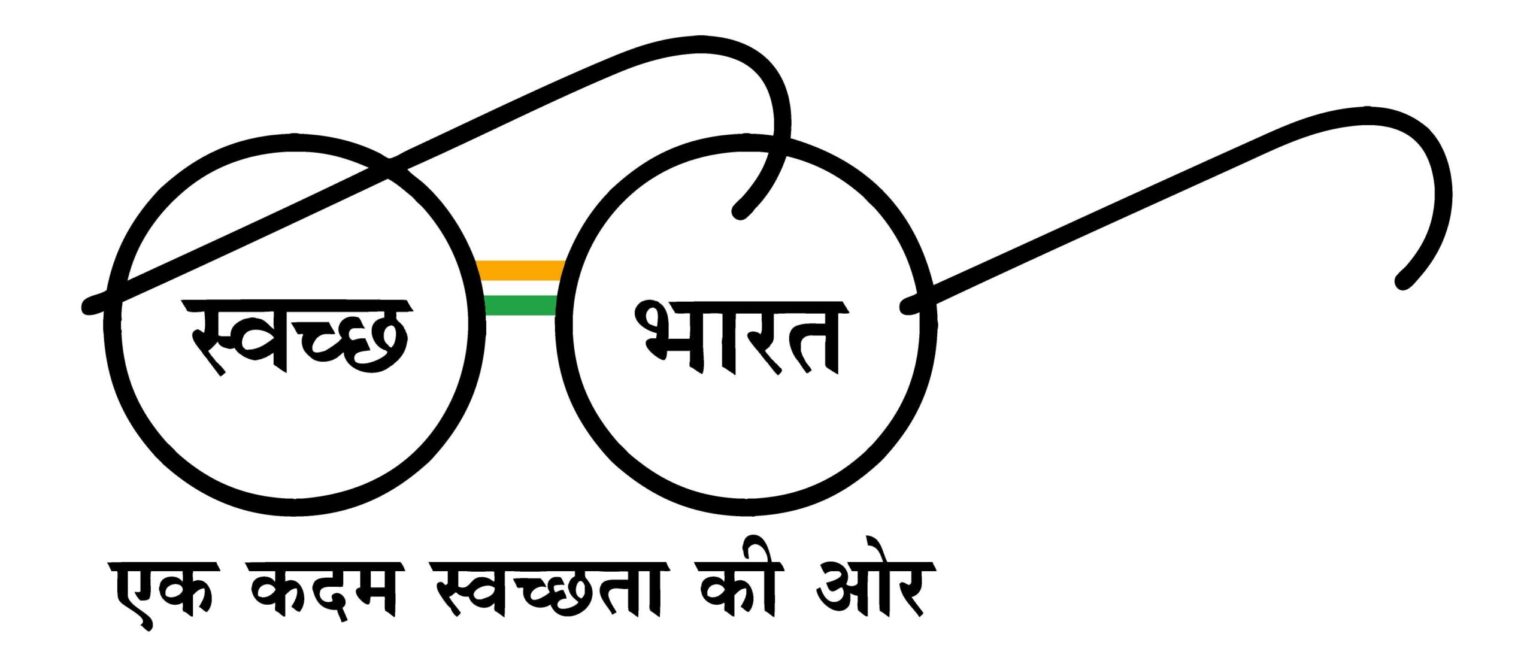All 6,650 villages of Jammu and Kashmir have been declared Open Defecation-Free (ODF) Plus Model under the Swachh Bharat Mission. Under the visionary leadership of Prime Minister Narendra Modi, Jammu and Kashmir has achieved a status that extends beyond constructing toilets; it encompasses the management of greywater and solid waste in each village.
The Journey to ODF Plus Model
Achieving ODF Plus Model status is not an overnight endeavor but a journey that involves three stages: Aspiring, Rising, and Model. Villages progress through these stages by meeting specific criteria.
When a village demonstrates visual cleanliness with minimal litter, stagnant water, effective solid and liquid waste management, and sufficient information, education, and communication (IEC) activities, it is declared as an ODF Plus Model.
The Role of Coordination
The achievement of this milestone was made possible through coordinated efforts. The rural sanitation department developed a comprehensive plan that involved all stakeholders before its execution. Village Sanitation Saturation Plans (VSSP) were created for each village to ensure that the necessary infrastructure and resources for solid and liquid waste management were available.
Greywater Management
Greywater management, which involves the proper handling of water generated from activities like cooking and bathing, received special attention. Departments at both the household and community levels developed soak pits, magic pits, and leach pits to manage greywater effectively.
Additionally, residents were encouraged to segregate waste and process wet waste in compost pits. The construction of 1,850 waste collection and segregation sheds further ensured proper waste disposal. Furthermore, 536 community sanitary complexes were constructed across Jammu and Kashmir, contributing to improved sanitation.
Plastic Waste Management
A critical aspect of the ODF Plus Model initiative is the management of plastic waste. Plastic Waste Management Units (PWMUs) were established in each block, with some nearing completion. These units will clean, shred, and bail plastic waste for proper disposal. The entire life cycle of waste, from collection to disposal, is being meticulously managed.
Innovative Campaigns and Initiatives
Throughout Phase 2 of the Swachh Bharat Mission (Grameen) campaign, Jammu and Kashmir have undertaken numerous innovative campaigns and initiatives to promote cleanliness and sanitation.
These include the introduction of Pink Toilets to improve school attendance, implementing a zero-landfill policy during the Amarnath Yatra, launching the ‘Give Polythene Get Gold‘ campaign, promoting ‘pink societies’ for holistic development, conducting Sarpanch Samvads, offering Swachhata internships, organizing Swachhata quizzes, and hosting the Swachh Yodha Pratiyogita.
A Beacon of Dedication, Collaboration, and Innovation for a Cleaner India
This achievement reflects the dedication of the government, the tireless efforts of various departments, and the active participation of citizens in maintaining cleanliness and sanitation. As the union territory continues to focus on sustainable waste management and innovative campaigns, it sets an inspiring example for the rest of the country in its quest for a cleaner and healthier India.




 Which Indian City is Known as the Footwe...
Which Indian City is Known as the Footwe...
 Which Desert is known as the Cold Desert...
Which Desert is known as the Cold Desert...
 Top-10 News Media Companies in the World...
Top-10 News Media Companies in the World...







